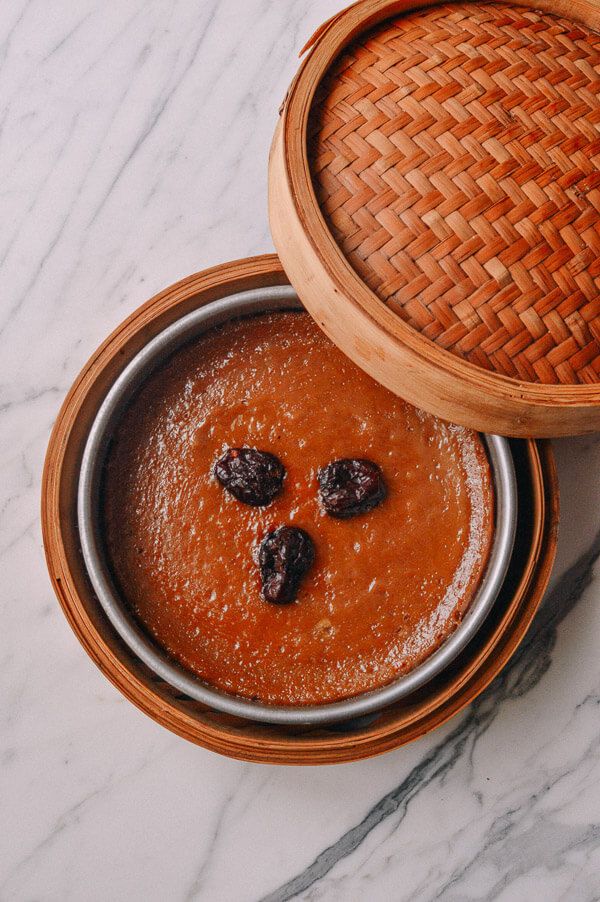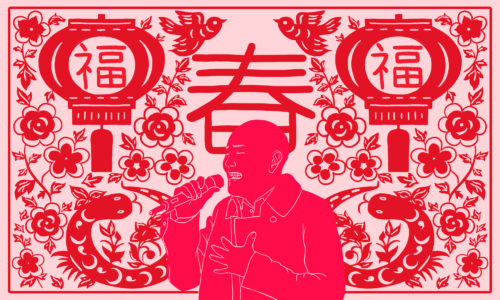8 lucky foods to eat on Lunar New Year’s Eve

One of the greatest joys of celebrating the new lunar year is the Lunar New Year feast on the eve of the holiday. In Chinese culture specifically, superstitions intertwine with food to bring about special dishes intended to bring good luck for the new year. Auspicious meanings are represented by a food’s appearance or pronunciation, and common homophones include words for prosperity, success, and family togetherness.
For me, Lunar New Year was my introduction into the world of food and its cultural significance. I remember as a child trying to follow the rules of the dinner table: make sure the elders sit first, getting the juiciest part of the pork belly is a sign of respect, and finish all of your food — grandma lived through the famine, you know! I soon realized that this holiday is as much about family gathering and delicious food as it is about shared tradition.
In China, the occasion is often the only time an entire family can be together at once, so being able to celebrate tradition is all the more important. While every region has different styles for preparing their feasts, here are eight of the most common dishes seen on the tables of celebrating families:
Fish

A whole fish is a staple for New Year celebrations in China, and is intended to welcome prosperity for the entire year. In Mandarin, the word for “surplus” (余, yú) is a homophone of “fish” (鱼, yú). There is also an idiom 年年有余 (níanníanyoǔyú), which means “to have surplus every year,” which gave rise to its homophonic pun, 年年有鱼, or “to have fish every year.” I wouldn’t mind the latter.
It’s customary to serve the fish with the head and tail intact and only eat the middle because of another expression: 有头有尾 (yǒutóuyǒuwěi), which literally means “to have both a head and a tail.” This means to be disciplined and finish everything that one starts. The remaining parts of the fish should be eaten the next day to symbolize that surplus will overflow into the future. For added luck, the fish should face guests or elders as a sign of respect.
My favorite way to eat this dish is the Cantonese style: A whole white fish (such as striped bass or flounder) is steamed with a mixture of ginger, scallion, soy sauce, sugar, and cilantro. As typical with Cantonese cooking, this dish requires fresh ingredients and very little intervention. A good steamed fish will be cooked through to the bone but will still be tender. And if you’re around the next day to finish the leftovers, I would strongly suggest going for the cheek, which is a small pocket of meat right below the eye — and by far the most tender and flavorful part. Yum.
Dumplings

Dumplings represent wealth because of their close appearance to Chinese gold ingots, which are oval, boat-shaped hunks of gold used as currency in imperial China. Families typically wrap their own dumplings and continue wrapping until midnight to signify leaving the old year behind. Some families will hide a coin in one of the dumplings, and whoever receives that dumpling is believed to have a prosperous year.
Dumpling filling can be made in an endless amount of ways (the renowned restaurant chain Din Tai Fung even has chocolate dumplings on their menu), but the most commonplace filling consists of pork, cabbage, and spring onion. Dumplings containing lamb, carrot, and spring onion are a popular option as well.
Chicken

A whole chicken is usually served on to represent family togetherness. As chicken is high in protein, some believe that chicken during the new year also represents rebirth. Like the fish, the chicken should be served in its entirety, with the head and feet intact. In some households, the chicken’s feet are reserved for the breadwinners of the family to help them grasp onto wealth. Traditionally, families will also offer chicken to deceased ancestors for otherworldly blessings and protection.
A common method for preparing a lunar new year chicken is by marinating it in light soy sauce, cooking wine, ginger, and green onions before then sending it off to the steamer.
Spring Rolls

Spring rolls, while a beloved side item to a General Tso’s lunch special, are also a traditional food of lunar new year. The name 春卷 (chūnjǔn) literally means spring and roll, and refers to the spring season. Originally, spring rolls were intended to combine all of the season’s freshest vegetables together in one dish as a way to celebrate spring. Now, it’s common to eat pan- or deep-fried spring rolls stuffed with pork or shrimp. Because of their resemblance to gold bars, people also eat spring rolls to attract good fortune for the coming year.
Like dumplings, spring roll filling can be made based on personal preference. Traditionally, they’re made from pork, cabbage, mushrooms, and carrots, though there are sweet versions that are filled with custard or red bean.
Noodles

Exceptionally long noodles, called 长寿面 chángshòu miàn, represent a long, long life. It’s customary to slurp down the noodle without chewing so that the strands aren’t severed. Try not to choke if you decide to try this.
Glutinous rice cake (nian gao)

The star of the dessert spread is glutinous rice cake, or nián gāo (年糕), which translates literally as “New Year’s cake.” In another homophonic pun, the word for cake sounds like the word for “tall,” or “to grow,” so eating glutinous rice on Lunar New Year symbolizes growth, whether it be in career, income, health, or even height. A popular phrase that accompanies nian gao is 年年高升 (níanníangāoshēng), which means “to increase prosperity every year.” Originally, the dish was reserved for high deities and one’s ancestors, but it gradually made its way into the Lunar New Year feast.
Traditionally, this dessert is made with red dates, but nian gao can come in many different forms, including savory. My personal favorite is made with black rice and red bean, but for a cold winter, adding ginger to a nian gao recipe is a great way to warm up your stomach.
Tang yuan

Tāng yuán (汤圆), typically eaten on the 15th day after the new year, is a small, round dumpling made from glutinous rice flour. The rice flour is kneaded by hand into its spherical form and is traditionally filled with black sesame paste, red bean paste, date paste, or peanut paste. The dumplings have a sticky, chewy texture and is served in a bowl of warm, sweet soup, sometimes infused with ginger, osmanthus flowers, or fermented rice wine. Non-dessert variations exist too, and are usually filled with a mixture of meat and vegetables. Tang yuan is popular in southern China, while a similar variation, called yuánxiāo 元宵, is eaten in the north.
Tang yuan are special for Lunar New Year celebrations because its name sounds like 团圆 (túanyúan), which means “reunion” or “togetherness.” A popular idiom that accompanies this dish is 团团圆圆 (túantúanyúanyúan), which is a playful way to say “reunion.” In addition to its name, tang yuan’s round shape is very important to Lunar New Year celebrations. In Chinese culture, circles represent unity and oneness, and a warm serving of tang yuan, eaten from a round bowl, is a perfect way to embody that concept.
Fruit

Following the circular concept, certain round fruits are eaten during Lunar New Year to encourage family unity. Oranges and tangerines are especially popular because their golden color is believed to attract wealth, while the word for orange 橙 (chéng) is a homophone for “success” (成 chéng). Another word for orange is 橘子 (júzi), which sounds similar to the word for good luck (吉 jí).





